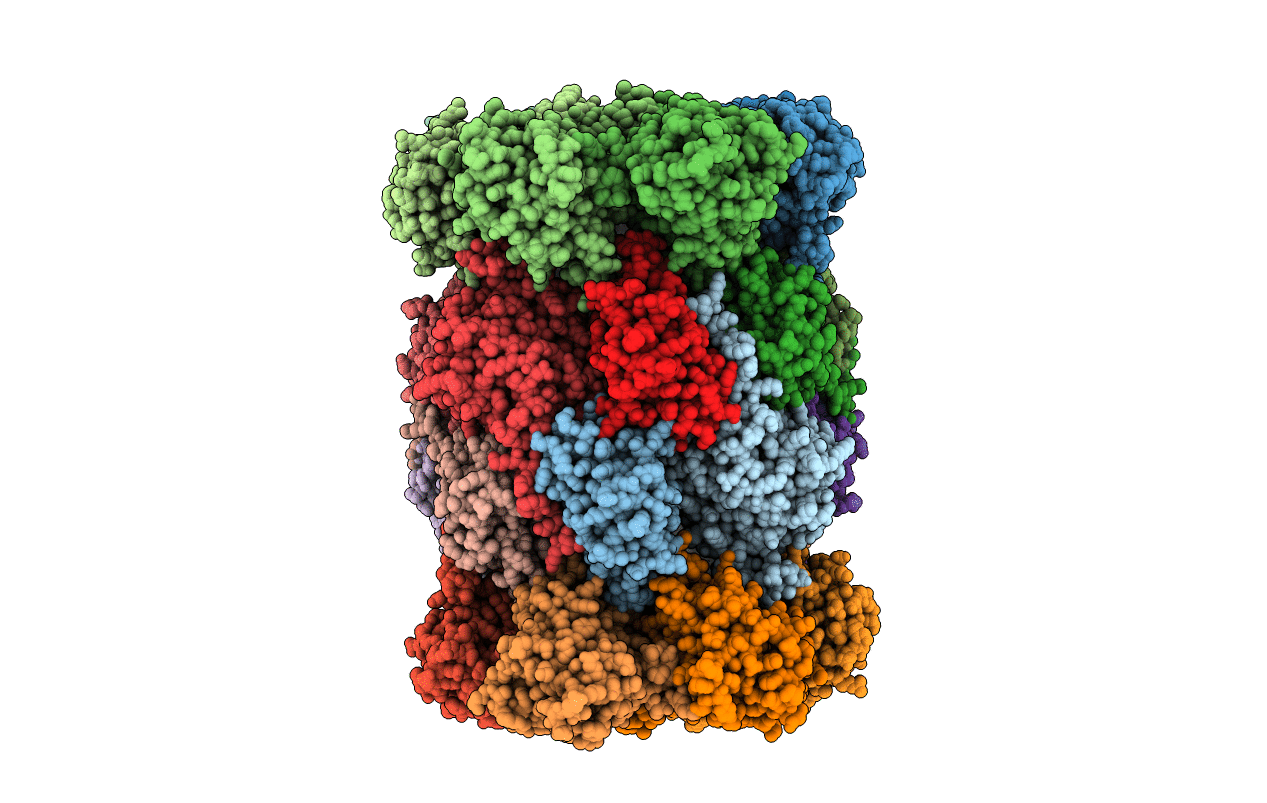
Deposition Date
2007-11-15
Release Date
2008-04-08
Last Version Date
2024-11-06
Method Details:
Experimental Method:
Resolution:
2.90 Å
R-Value Free:
0.24
R-Value Work:
0.21
R-Value Observed:
0.21
Space Group:
P 1 21 1


